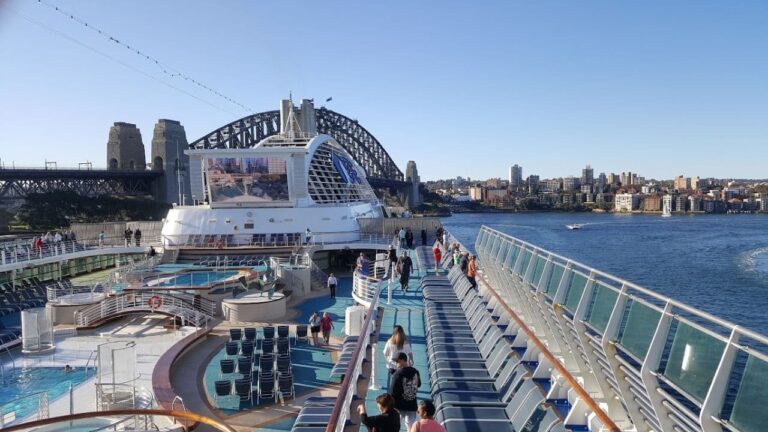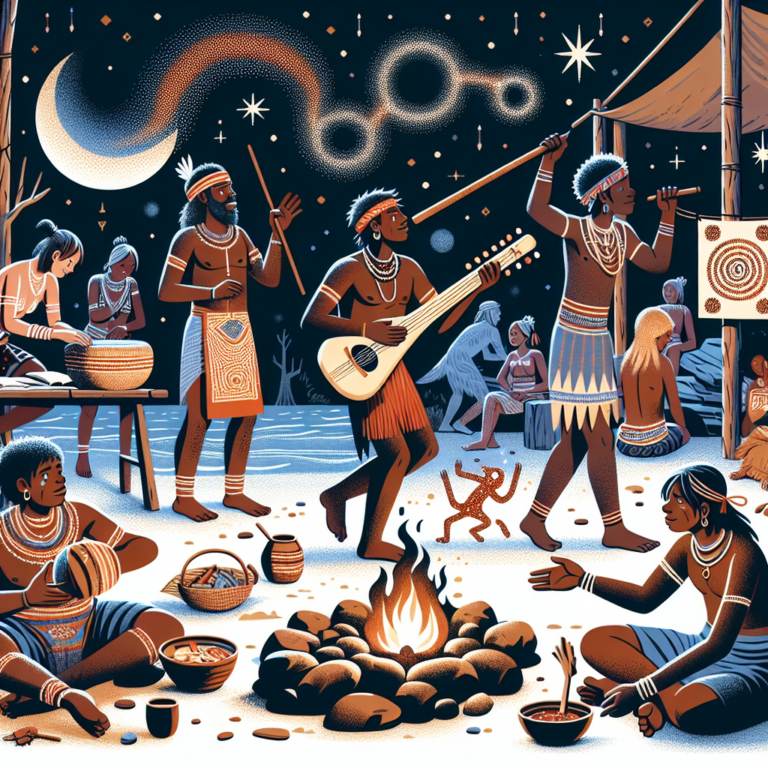Exploring Australia’s Rich Travel Heritage
Australia, the land of stunning natural wonders, unique wildlife, and vibrant cities, also boasts a rich travel heritage that spans tens of thousands of years. From the ancient traditions of its Indigenous peoples to the modern attractions that draw travelers from around the globe, Australia’s history is intertwined with exploration and discovery. In this comprehensive guide, we’ll take a journey through time to uncover the historical sites and travel experiences that make Australia a must-visit destination for history buffs and adventurers alike.
The Indigenous Legacy
Dreamtime Stories and Ancestral Tracks
Long before European settlers arrived, Australia was inhabited by Indigenous peoples, who had been living on the continent for over 60,000 years. Their profound connection with the land is encapsulated in the Dreamtime, a complex network of creation stories that explain the origins of the landscape, its features, and the laws governing life.
To truly appreciate Australia’s travel history, one must start with the ancient paths known as Songlines or Dreaming Tracks. These routes crisscross the country, marking the journeys of ancestral spirits as they created the world. Today, travelers can follow these tracks, visiting sacred sites and learning about the oldest continuous cultures on Earth.
Preserving Indigenous Heritage
Across the country, numerous locations offer insights into Indigenous history and culture. From the rock art galleries of Kakadu National Park to the culturally significant Uluru (Ayers Rock), these sites are not only tourist attractions but also places of deep spiritual importance.
Efforts to preserve these areas and respect their cultural significance are paramount. When visiting, it’s essential to engage with local guides and participate in Indigenous-led tours to gain a deeper understanding of these ancient traditions.
Colonial Beginnings and Convict Sites
The First Fleet and Beyond
The narrative of Australia’s colonial history began in 1788 with the arrival of the First Fleet, a convoy of British ships carrying convicts and marines. This event marked the start of European settlement and a dramatic shift in the continent’s history.
Visitors can explore the remnants of this era at historical sites like the Rocks in Sydney, where the first European settlers established their homes, or the Hyde Park Barracks, which provides a glimpse into the lives of convicts and early residents.
Tasmania’s Port Arthur
One of the most infamous and well-preserved convict sites in Australia is Port Arthur in Tasmania. Once a penal colony, Port Arthur is now an open-air museum that offers a haunting yet fascinating look at the hardships endured by convicts. Ghost tours and historical reenactments bring the past to life, offering a unique perspective on Australia’s colonial heritage.
The Gold Rush Era
Boomtowns and Ghost Towns
The Australian Gold Rush of the 1850s transformed the nation, as prospectors from around the world flocked to the colonies in search of fortune. Towns like Ballarat and Bendigo in Victoria still bear the grand architecture and wide streets that speak of the wealth generated during this period.
Visitors can pan for gold at Sovereign Hill, an open-air museum that recreates a gold-mining town, or wander the eerie streets of abandoned ghost towns that once thrived during the rush.
Cultural Impact and Immigration
The Gold Rush not only brought wealth but also significant cultural changes, including a surge in immigration that shaped Australia’s multicultural identity. The influence of Chinese miners, in particular, is still evident in the cuisine, festivals, and architecture of cities like Melbourne.
Natural Wonders and Early Tourism
The Great Barrier Reef and Beyond
Australia’s natural wonders have long attracted travelers. The Great Barrier Reef, one of the seven natural wonders of the world, has been a drawcard for tourists since the late 19th century. Early visitors marveled at the coral formations and marine life, much as they do today.
Similarly, the Blue Mountains, with their dramatic cliffs and eucalyptus forests, have been a popular retreat since the early 1900s. Scenic railways and walking tracks allowed visitors to explore the area, establishing it as a premier travel destination.
Eco-Tourism and Conservation
As appreciation for Australia’s unique environment grew, so did efforts to conserve it. National parks were established, and eco-tourism initiatives began to emphasize sustainable travel experiences. Today, visitors can enjoy the natural beauty of places like Kakadu and the Daintree Rainforest while contributing to their preservation.
Modern Marvels and Urban Appeal
Sydney Opera House and Iconic Landmarks
Australia’s modern identity is also reflected in its iconic landmarks. The Sydney Opera House, with its distinctive sail-like design, has become a symbol of Australia’s cultural sophistication. Since its opening in 1973, it has drawn millions of visitors and is a must-see for anyone exploring the country’s travel heritage.
The Urban Experience
Australia’s cities are brimming with history and culture, from the laneways of Melbourne, filled with street art and cafes, to the historic sandstone buildings of Adelaide. Urban explorations offer a different aspect of Australia’s travel heritage, showcasing the evolution from colonial outposts to thriving, cosmopolitan centers.
Preserving and Sharing the Story
Museums and Cultural Institutions
To delve deeper into Australia’s travel history, institutions like the Australian National Maritime Museum and the National Museum of Australia offer extensive collections and exhibits. These venues not only preserve artifacts and stories but also provide educational experiences that connect visitors with the country’s past.
Engaging with Local Communities
When exploring Australia’s rich travel heritage, engaging with local communities is invaluable. Local historians, tour operators, and community leaders can provide insights that enrich the travel experience and ensure that the stories of Australia’s past continue to be shared and celebrated.
Embracing the Journey
Australia’s travel heritage is as diverse and captivating as its landscape. From ancient cultures to modern marvels, the country offers a tapestry of experiences that reflect its complex history. Whether you’re standing in the shadow of Uluru, wandering the streets of a historic gold rush town, or marveling at the architectural wonder of the Sydney Opera House, Australia invites you to explore, learn, and be a part of its ongoing story.
By respecting the past and looking towards the future, travelers can contribute to the preservation of Australia’s heritage and ensure that its history remains a vibrant part of its identity for generations to come. So pack your bags, set your sights on the land down under, and prepare to embark on a journey through time in one of the most captivating countries on Earth.










